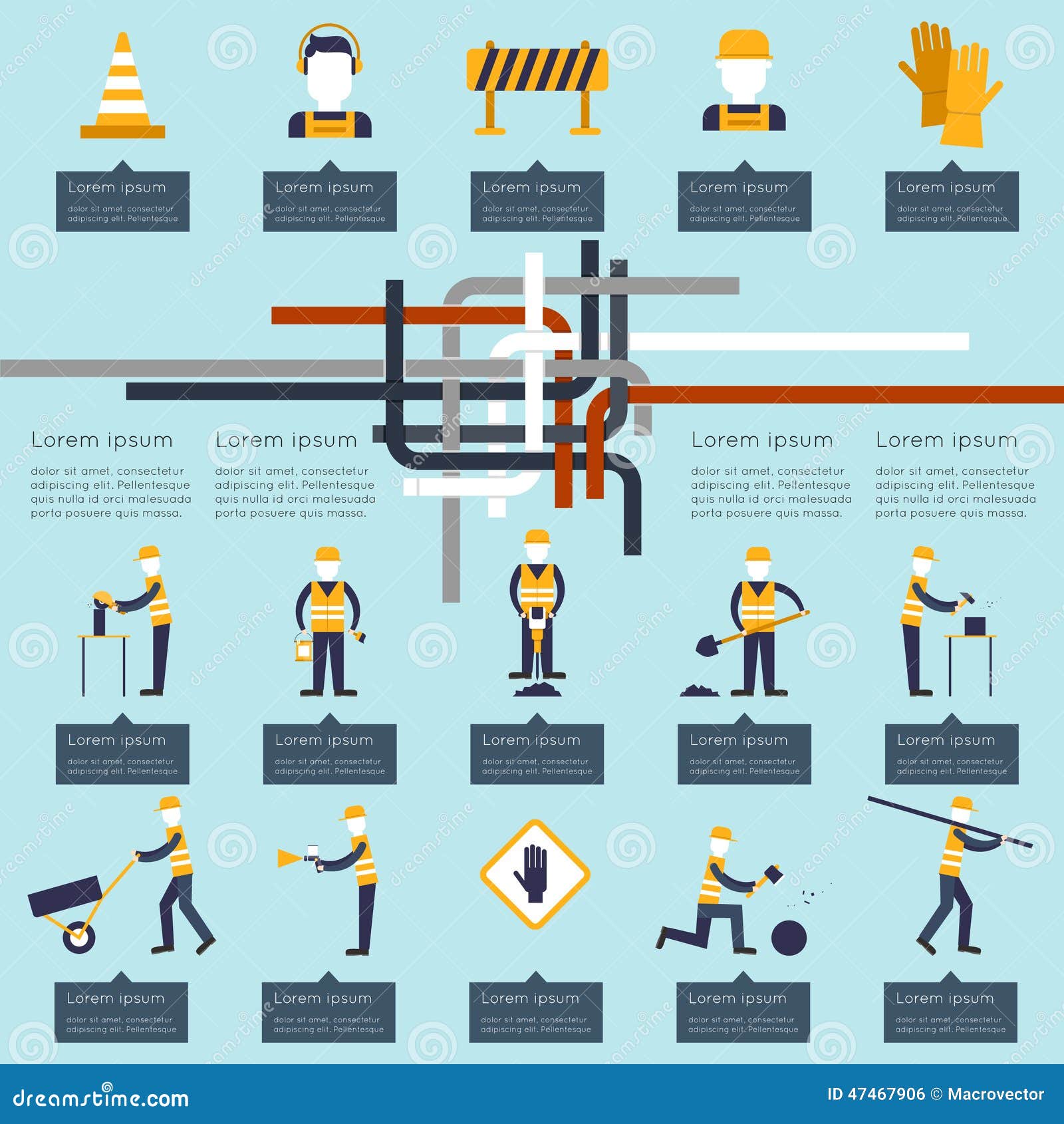Learn Just How Seasonal Variables Affect Commercial External Paint Success And Uncover The Very Best Times To Guarantee Enduring Outcomes For Your Task
Learn Just How Seasonal Variables Affect Commercial External Paint Success And Uncover The Very Best Times To Guarantee Enduring Outcomes For Your Task
Blog Article
Content Created By-Ford Celik
When you're preparing a commercial exterior painting task, seasonal aspects can make or break your results. You'll want to consider how temperature and humidity influence paint application and drying out times. Selecting the ideal season can ensure your paint sticks effectively and lasts much longer. Yet which periods are really the best for this type of work? Let's check out the key elements that can impact your task's success.
The Influence of Temperature on Paint Application
When you're intending a commercial external painting task, the temperature can considerably affect just how well the paint sticks and dries.
Preferably, you intend to repaint when temperatures range in between 50 ° F and 85 ° F. If it's also cold, the paint may not heal effectively, resulting in problems like peeling off or cracking.
On the other side, if it's as well hot, the paint can dry out as well quickly, protecting against appropriate adhesion and resulting in an uneven surface.
You should additionally take into consideration the time of day; early morning or late afternoon supplies cooler temperature levels, which can be more positive.
Constantly examine the supplier's suggestions for the certain paint you're using, as they usually supply assistance on the ideal temperature variety for ideal outcomes.
Humidity and Its Result on Drying Times
Temperature isn't the only environmental aspect that influences your commercial exterior paint task; moisture plays a substantial role too. you can try these out can slow down drying out times considerably, affecting the overall quality of your paint work.
When the air is filled with moisture, the paint takes longer to cure, which can lead to issues like bad adhesion and a greater risk of mold growth. If you're painting on an especially humid day, be prepared for extended wait times between coats.
It's crucial to monitor neighborhood weather conditions and plan as necessary. Ideally, aim for moisture degrees in between 40% and 70% for ideal drying out.
Keeping Highly recommended Site consider mind guarantees your task stays on track and supplies a long-term coating.
Best Seasons for Commercial Outside Painting Projects
What's the very best season for your commercial outside painting projects?
Springtime and very early fall are normally your best bets. Throughout these periods, temperature levels are light, and humidity levels are commonly reduced, developing perfect problems for paint application and drying out.
Prevent summer's intense heat, which can cause paint to completely dry as well rapidly, causing inadequate attachment and finish. Likewise, wintertime's cold temperature levels can impede proper drying and curing, risking the longevity of your paint work.
Go for house painters near me with temperature levels in between 50 ° F and 85 ° F for optimal results. Keep in mind to check the regional weather prediction for rainfall, as wet conditions can spoil your project.
Preparation around these elements ensures your painting project runs smoothly and lasts longer.
Conclusion
Finally, intending your commercial exterior painting projects around seasonal considerations can make a significant difference in the outcome. By organizing work throughout the ideal temperatures and humidity degrees, you'll ensure far better adhesion and drying out times. Bear in mind to keep an eye on local weather forecasts and pick the correct time of year-- spring and early fall are your best choices. Taking these steps will help you attain a sturdy and specialist coating that lasts.
